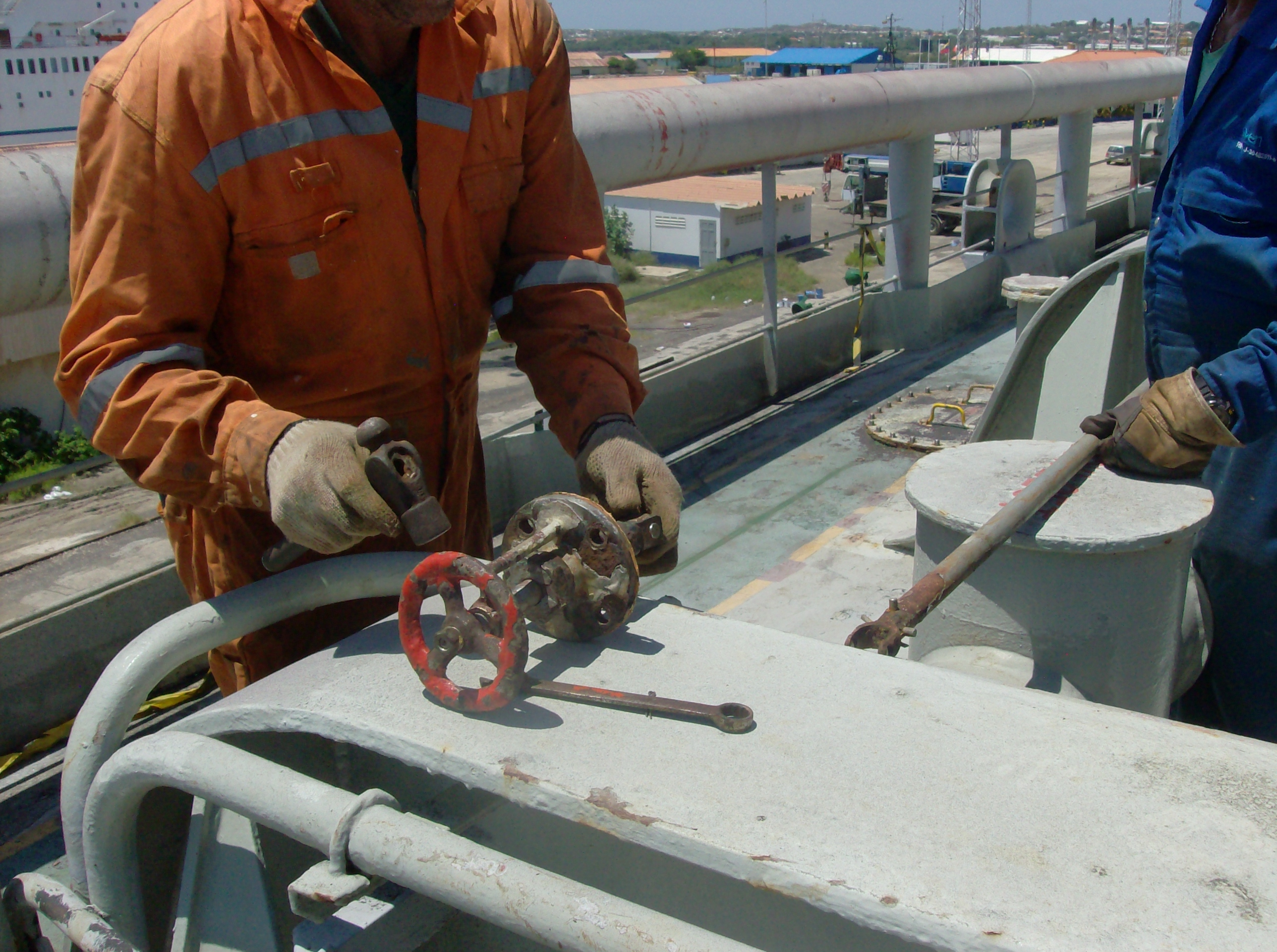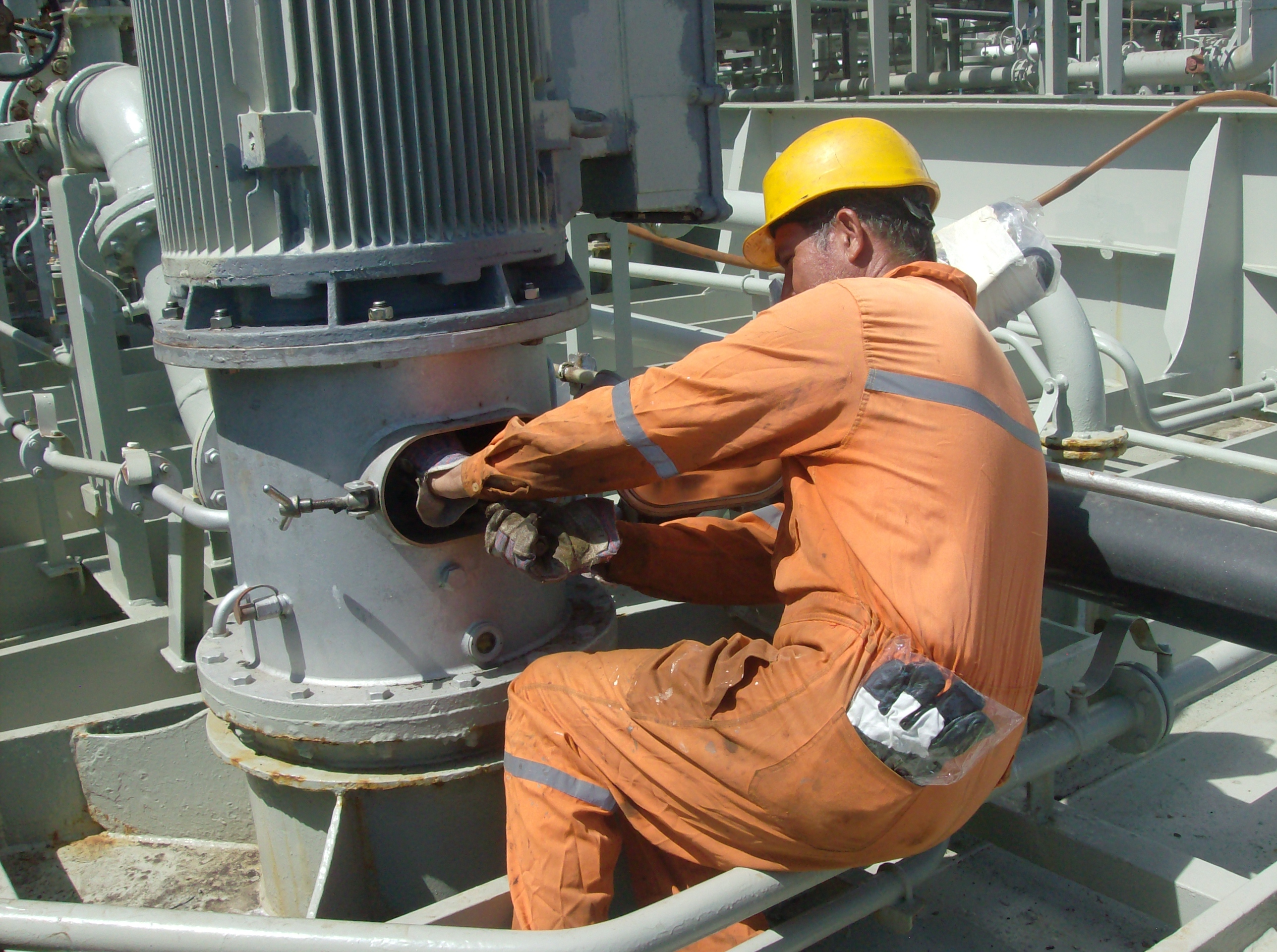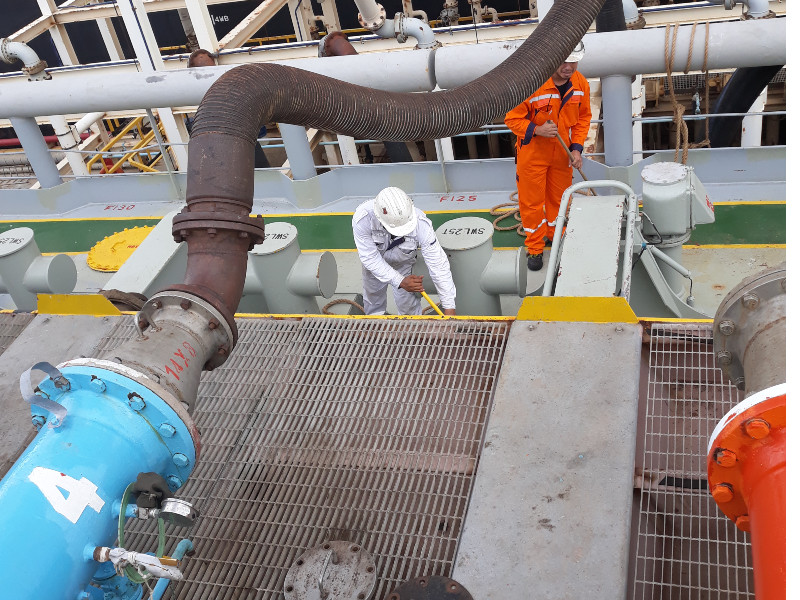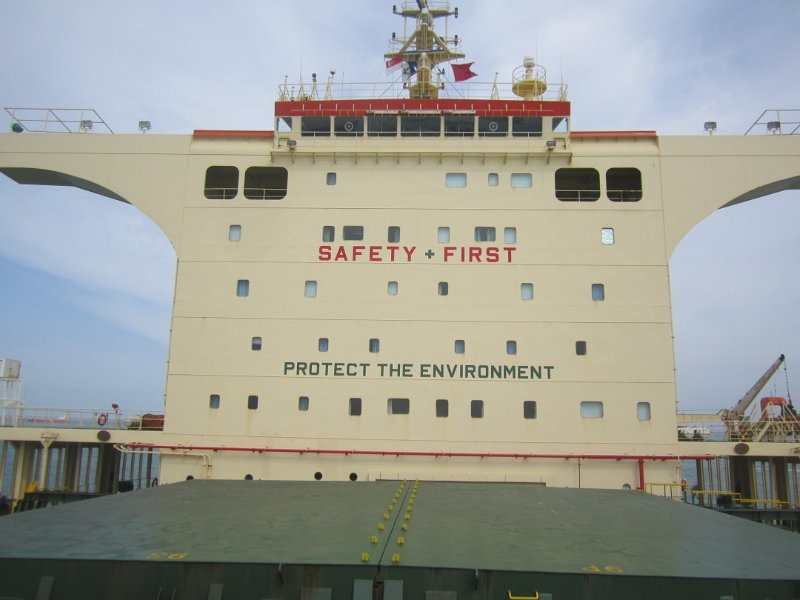Cold work on board ships is any type of work that does not create a source of ignition or generate temperature conditions likely to be of sufficient intensity to cause ignition of combustible gases, vapors, or liquids in or adjacent to the area involved.
Some of cold work include:
- Opening vessels, pipes, or enclosed spaces.
- Working on electrical equipment within a hazardous environment.
- Opening up of pipelines and cargo equipment which may expose personnel to trapped toxic or flammable products.
- Mechanical maintenance work.
- Civil maintenance work.
- Erection and removal of scaffolding.
- Insulation and painting.
- Blanking and de-blanking.
- Disconnecting and connecting pipelines.



Cold work can be just as dangerous as hot work, so it is important to follow all safety procedures. Before any cold work is started, a cold work permit must be obtained from the Chief Engineer or other authorized Officer. The permit will specify the work to be done, the precautions to be taken, and the personnel authorized to perform the work.
When performing cold work, it is important to be aware of the following hazards:
- Toxic and flammable gases and vapors.
- Electrical shock.
- Falling objects.
- Confined spaces.
- Hazardous materials.


Cold work is an essential part of ship maintenance and operations. However, it is important to be aware of the hazards and to take the necessary precautions to protect yourself and others. It is also important to take the necessary precautions to protect yourself and others from these hazards. For example, when working on electrical equipment, the power should be isolated and tagged out. When working in confined spaces, proper ventilation and breathing protection should be used. And when working with hazardous materials, appropriate personal protective equipment (PPE) should be worn.


